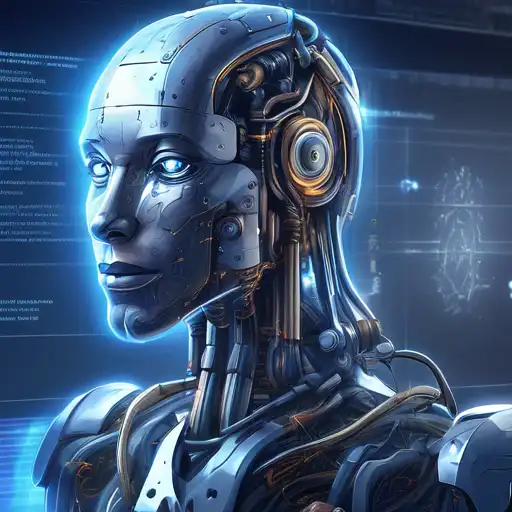Introduction to Artificial Intelligence
Artificial Intelligence (AI) is a rapidly evolving field that has captured the imagination of many. However, along with its growth, numerous myths and misconceptions have emerged. This guide aims to demystify AI for beginners, providing a clear understanding of what AI truly is and isn't.
Common AI Myths Debunked
Myth 1: AI Can Think and Feel Like Humans
One of the most pervasive myths is that AI possesses consciousness or emotions. In reality, AI operates based on algorithms and data inputs. It can simulate certain aspects of human thought processes but does not experience feelings or self-awareness.
Myth 2: AI Will Replace All Human Jobs
While AI is transforming the job market, the idea that it will replace all human jobs is an exaggeration. AI is more likely to augment human capabilities, taking over repetitive tasks and allowing humans to focus on creative and strategic roles.
Myth 3: AI Is Infallible
AI systems are only as good as the data they're trained on. They can make mistakes, especially if the input data is biased or incomplete. Understanding the limitations of AI is crucial for its effective use.
Understanding AI's Capabilities
AI excels in processing large volumes of data quickly, identifying patterns, and making predictions. From healthcare diagnostics to financial forecasting, AI's applications are vast but bounded by its programming.
How Beginners Can Start Learning AI
For those interested in exploring AI, starting with foundational knowledge in mathematics and programming is essential. Numerous online resources and courses can provide a solid starting point.
- Understand basic programming languages like Python.
- Learn about machine learning algorithms.
- Experiment with AI tools and platforms.
Conclusion
AI is a powerful tool with the potential to revolutionize various industries. By debunking common myths, beginners can approach AI with a realistic perspective and explore its possibilities without undue fear or skepticism.
